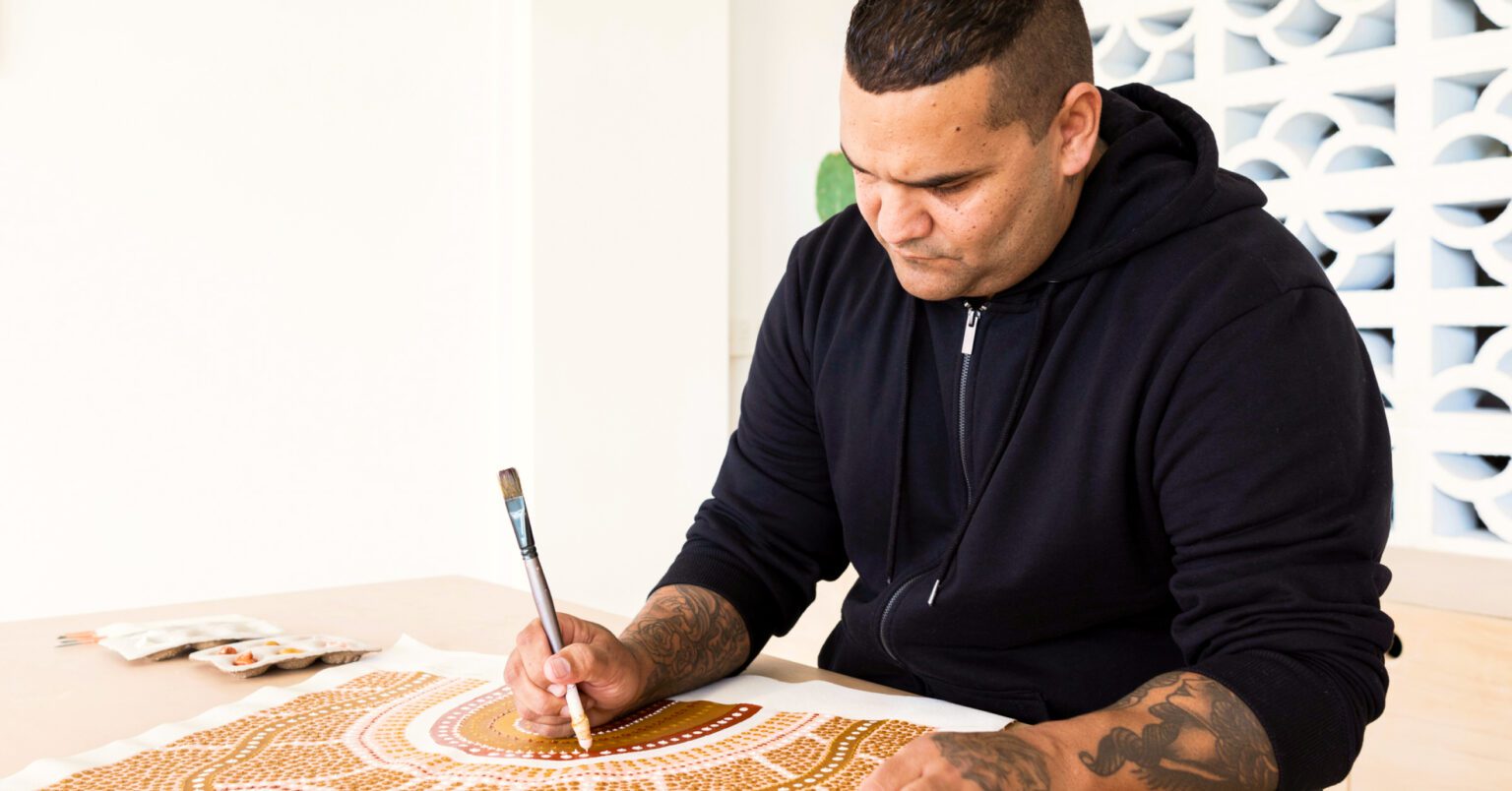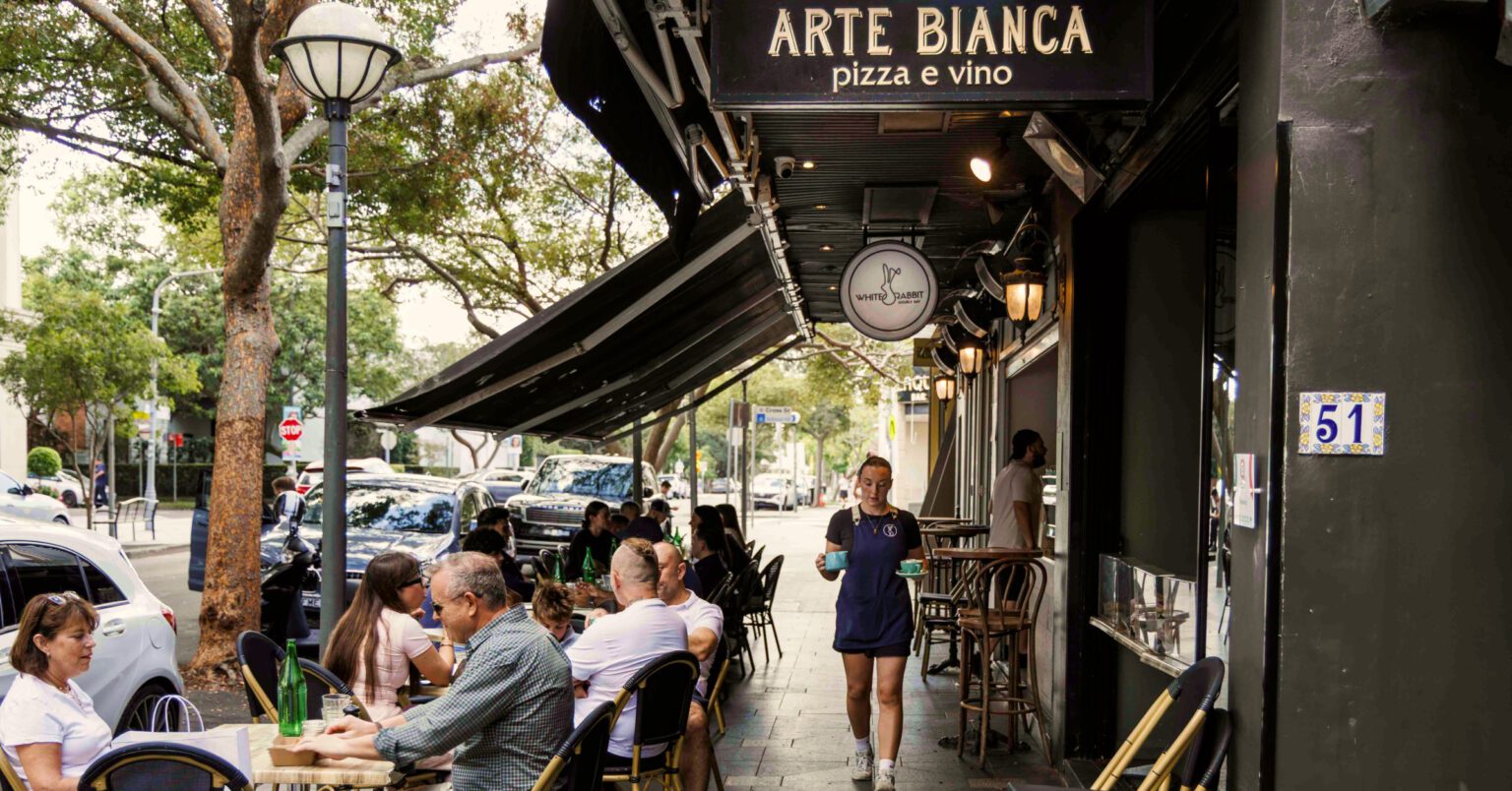Upselling is an art.
Upselling involves getting an existing customer to buy or spend more with your business than they intended. This is no easy feat in a competitive market and when done well can help build stronger customer relationships and a healthier bottom line. So, how do you upsell to any customer? Here are some tips to guide you.
Listen and ask the right questions
In serving a customer you or one of your staff may be able to identify opportunities to upsell just by listening to a customer’s needs and asking questions that relate to their purchase and its function. For example, at a nursery a customer may be buying seedlings, and through asking questions such as ‘what kind of plants do you already have in your garden?’ and ‘where will you be planting these?’ the salesperson can identify they are for a new herb garden. This then provides an opportunity to upsell the customer related products like seedling plant food, mulch, snail repellent and wooden stakes and quadruple the value of the sale.
Share your knowledge
Being knowledgeable about your products and services and sharing this expertise with your customers is one of the simplest way to upsell.
For example, a customer looking to buy a modestly priced home appliance could buy a more expensive, high-end brand once they learn about its extra features, durability and extended warranty.
Incentivise the upsell. Structuring your pricing model in a way that rewards customers for spending more with you is another way of upselling. A beauty salon, for example, may package their services so the more a customer purchases the more they save. A customer who is getting a manicure for $40 may upgrade to a manicure and pedicure when they learn it costs $60 for both. Or a hair salon can offer a free bottle of premium conditioner for customers buying a cut, colour, treatment and blow dry on the same day.
Merchandise your store to drive upselling
Think placement of stockings and socks near shoes. Bottle openers or glassware near wine. Cases and bags placed near laptops. By merchandising your store so that complementary products are promoted together you make it easy to drive an upsell – whether the customer is drawn to one product independently. And your salespeople can also ask if the customer needs any supporting product with their purchase at point of sale.
Ask!
It may seem straightforward but, once a customer has decided on their first purchase, simply ask them: ‘Is there anything else that you need?’ and offer advice if they do. McDonalds “Do you want fries with that?” is a classic and very successful example of upselling.
When it comes to upselling it’s always important to ensure a quality customer experience is your top priority. Be polite, helpful and aim to only upsell products that truly add value to their initial purchase. Don’t push products that are overtly expensive or not beneficial–you might lose the sale as well as the customer.
Want to grow your business? Talk to Prospa about how a small business loan could help.








